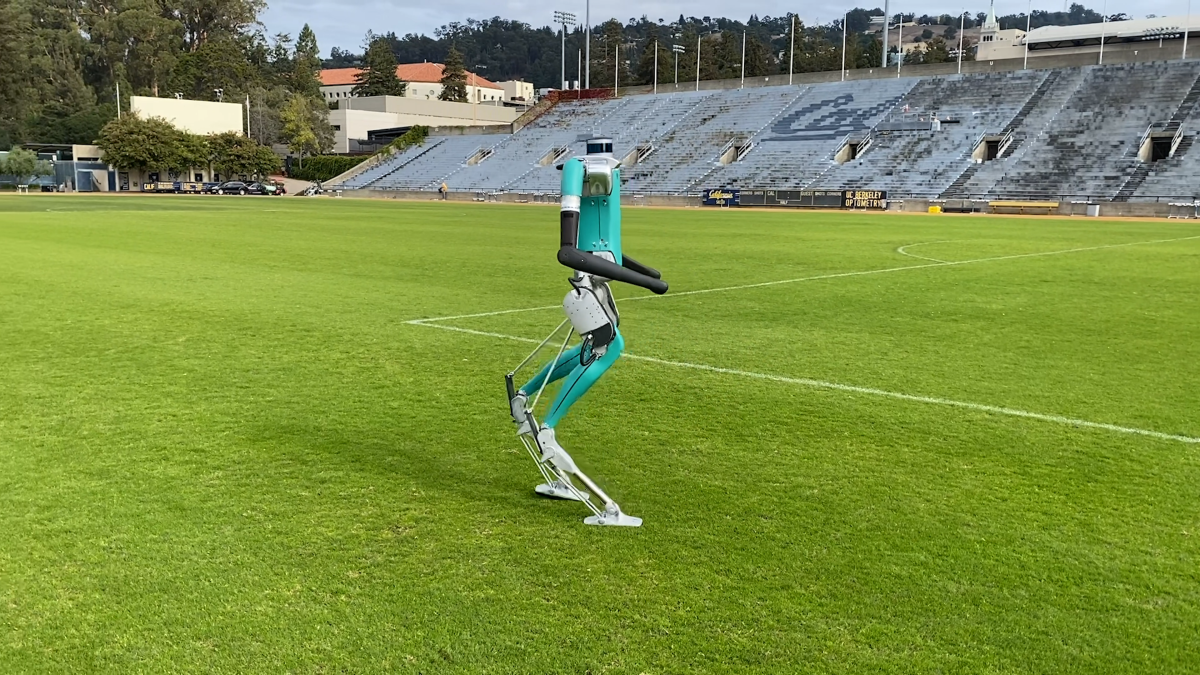Sockets for cables and phones
.
Wiesbaden (dpa) – Online television is gaining importance in Germany. The Federal Statistics Office (Destatis) announced Tuesday that in 2021, 19 percent of private households were already able to watch TV over a broadband connection.
Although Internet television (IPTV) was still the third most popular type of television reception in 2021, it was the only one that recorded significant growth compared to 2019: in 2019, the proportion of households with Internet television was still 15 percent. , thus four percentage points less than in 2021. However, in the ranking of the most popular TV connections, satellite and cable connections continued to dominate in 2021: 45 percent and 43 percent of all private homes, respectively, had These types of connections. Compared to 2019, the proportion of households with satellite and cable TV channels has hardly changed (+0.3 percentage points and -1.3 percentage points, respectively). Households were the least likely to have an antenna connection: only ten percent of private households were able to receive their television programming in this way in 2021.
Since the switch from analogue to digital terrestrial television in 2017, the proportion of households with this connection has decreased. Since 2019, it has fallen by 1.9 percentage points. In total, 17 million households had a satellite TV connection and 16 million households had a cable TV connection in 2021. Seven million households had Internet TV and four million households had an antenna TV connection.
The living situation – that is, whether the household is occupied or rented – greatly affects the type of TV reception: half (55 percent) of renting households have a cable connection in 2021, according to statisticians. If the family lived within its four walls, the percentage was only 28 percent. In contrast, less than a third (30 percent) of rented households have access to satellite TV. On the other hand, when it comes to home ownership, nearly two-thirds (63 percent) of households had satellite TV. In the case of terrestrial television, the difference was not so striking: renting households had slightly more antenna connection (10 percent) than owner-occupied homes (9 percent). In both cases, Internet television was equally popular (households of renters: 19 percent; households of homeowners: 20 percent).
Homepage

“Certified tv guru. Reader. Professional writer. Avid introvert. Extreme pop culture buff.”






More Stories
How the technology behind ChatGPT powers this bot
Mercedes G580 with EQ technology: The G-Class has become electric
What are the consequences for medium-sized technology and industrial companies?